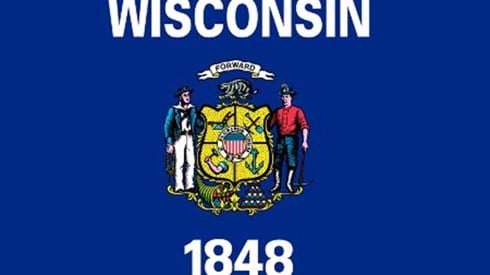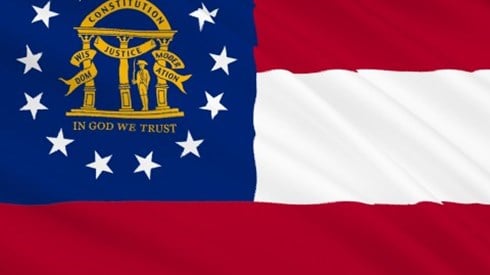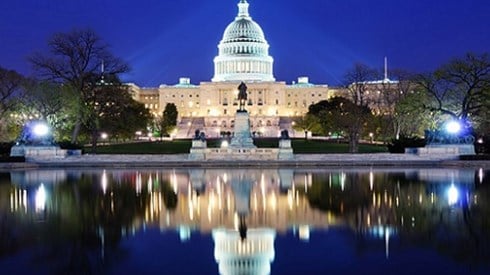Risk Retention Groups: A Basic Overview

June 16, 2023

More than 4 decades ago, Congress in 1981 passed legislation authorizing the formation of a new type of captive insurance company: risk retention groups (RRGs). Just 5 years later in 1986, federal lawmakers, who have rarely gotten significantly involved in the commercial insurance market, revamped the Risk Retention Act by expanding the coverages RRGs could offer to their policyholder-owners.
With that expansion, the number of RRGs has grown from just a handful in the law's early years to well over 200 today and they now generate more than $3 billion in annual premium volume.
The catalyst for those extraordinary congressional actions were conditions in the commercial insurance market. In the late 1970s, for example, premiums charged by insurers for product liability coverage soared. There were widespread fears by insurers that the number of product liability suits was soaring and that it was becoming increasingly difficult for manufacturers to successfully defend themselves in such suits. Then, in the mid-1980s, many insurers hiked premiums for a wide range of liability coverages.
A federal interagency task force, though, found those big product liability insurance premium increases were largely unjustified.
Congress responded in 1981 to that task force finding by passing legislation, the Product Liability Risk Retention Act, that authorized group captives—known as risk retention groups—that could provide product liability and completed operations coverage to member-owners throughout the United States. In 1986, Congress expanded the law. The new law—the Liability Risk Retention Act (LRRA)—enabled RRGs to offer all casualty coverages—except workers compensation—to policyholders. In recent years, there have been attempts by a handful of lawmakers to again expand the 1986 law to enable RRGs to offer property coverage, but those attempts have not been successful.
Given that most RRGs are captives, but most captives are not RRGs, it will help one better understand RRGs by pointing out their differences from other captives.
First, other captives can be domiciled throughout the world, while RRGs can, under federal law, only be domiciled in the United States. While other captives often require fronting insurers and are subject to regulation in every state in which they operate, RRGs can operate nationwide after meeting the licensing requirements of just one state. As a result, RRGs do not need fronting insurers to issue policies.
Other captives can be owned by policyholders and other entities, while RRGs can only be owned by policyholders. Other captives may provide insurance for only one entity, while an RRG must have at least two policyholders. Capital requirements differ between other captives and RRGs, with the latter generally required to maintain larger amounts of cash on hand to pay claims.
A final important difference relates to types of insurance coverage. Other captives can offer a wide array of first-party (e.g., property) and third-party (e.g., liability) coverages, while the LRRA only allows RRGs to write liability insurance. This means that RRGs cannot write property insurance, including collision and comprehensive coverage for autos, or workers compensation insurance.
Forming an RRG is a relatively simple process. After meeting the licensing requirements of just one US state or the District of Columbia, an RRG can operate nationwide without having to meet those other states' licensing rules. However, other states can require an RRG to adhere to laws related to unfair claims settlement; premium and surplus lines taxes; false, fraudulent, or deceptive trade practices; and other similar laws.
During the formation process, RRGs must submit a feasibility study or plan of operation to their domicile. This plan provides details on coverages, deductibles, limits, rates, and rating classification systems. The study must include historical and expected loss experience of members, pro forma financial statements and projections, an actuarial opinion on the minimum premium necessary to begin operations and avoid financial difficulties, information on underwriting and claims procedures, reinsurance agreements, investment policies, management and marketing methods, and information on the initial members, organizers, administrator, and anyone else who will otherwise influence or control the RRG.
Once approved by the state of domicile, the RRG must submit a feasibility study (including revisions) and a copy of the annual financial statement in each state in which it plans to do business. These financial statements must be certified by an accounting firm and include an actuarial opinion. Once operations begin, any state or US district court that determines that an RRG is "in hazardous financial condition" can require the RRG to stop soliciting, selling insurance, or continuing operations.
Some risk retention groups have grown significantly. For example, United Educators Insurance, a Reciprocal Risk Retention Group, which is licensed in Vermont and is based in Bethesda, Maryland, now has about 1,600 policyholders and $375 million in premium volume, up from just 900 policyholders and $40 million in premium volume 25 years ago.
Other RRGs also have been operating successfully for decades. For example, the Housing Authority Risk Retention Group, Inc. (HARRG), was formed in 1987 to meet the liability insurance needs of public housing authorities. Those authorities were facing insurance market conditions so tough that many had no option other than to go without liability insurance. Forming an RRG under the LRRA allowed HARRG to be domiciled in one state—Vermont—headquartered in another—Connecticut—and offer general liability insurance to public housing authorities in all 48 states and Washington, DC.
Still, RRGs in some cases have had to fight in court to retain the flexibility, low frictional costs, and breadth and depth of coverages outlined in the LRRA. Fortunately for RRG members, multiple courts have protected their right to exist and ruled that the LRRA preempts state regulations.
Take, for instance, Alliance of Nonprofits for Ins., Risk Retention Group v. Kipper, 712 F.3d 1316 (9th Cir. Nev. 2013). In that case, the Alliance of Nonprofits for Insurance, Risk Retention Group (ANI), was issued a cease and desist order by the Nevada state insurance commissioner because it was not paying into the state insurance guaranty fund. ANI sued and won in the trial court and on appeal. The 9th US Circuit Court of Appeals found that "The Liability Risk Retention Act (the 'LRRA') broadly preempts 'any State law, rule, regulation, or order to the extent that such law, rule, regulation, or order would ... make unlawful, or regulate, directly or indirectly, the operation of a risk retention group.'"
Since the ANI decision, multiple other court cases have taken place, all protecting the right of RRGs to do business under the LRRA. The existing RRGs have a vested interest in protecting the LRRA because of its inherent flexibility.
To be sure, operating a risk retention group is not foolproof. Some RRGs have failed. The members-and-liability-only limitations mean that the insureds of RRGs needing property coverage will remain subject to market forces as they buy their first-party property insurance. Alternatively, policyholders can form a new captive or other insurance company that is not an RRG to write the property insurance with all the paperwork and expense entailed.
But for those who understand how RRGs can effectively provide liability coverages to members, the federal Liability Risk Retention Act of 1986 was and is a blessing.
June 16, 2023







